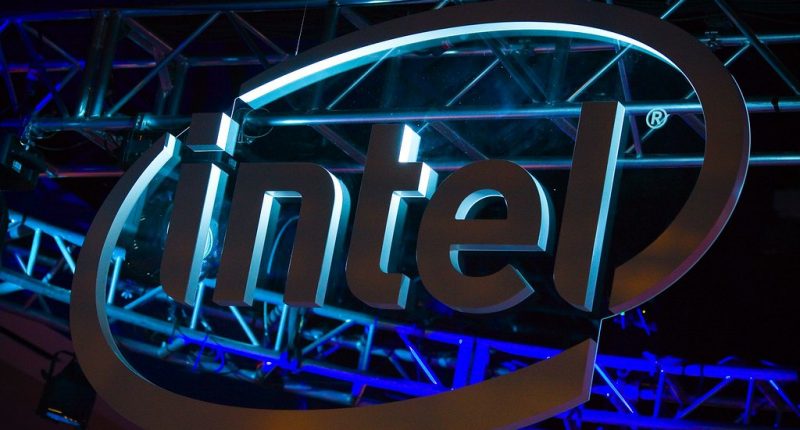Intel has reportedly started early talks with AMD about the idea of producing chips for its rival through Intel’s foundry division, which handles contract manufacturing. But these discussions are still in a very early stage, and no deal has been finalized yet, reports Semafor. If the plan goes forward, it would be a rare and unexpected development, since Intel and AMD have been direct competitors in the processor market for decades. This development comes at a time when Intel is undergoing significant changes in its strategy and ownership structure.
Notably, Intel launched its foundry effort as part of a larger strategy to compete with global leaders like TSMC and Samsung, which dominate the business of producing chips for outside clients. In recent years, Intel has fallen behind in advanced manufacturing technology, while TSMC has taken the lead in building the smallest and most efficient semiconductors. But if Intel can bring in customers like AMD, it would not only strengthen its foundry division but also help win back the trust of investors and industry partners.
For AMD, which currently relies heavily on TSMC to make its processors and graphics chips, exploring Intel as an additional manufacturing partner could provide more stability in its supply chain. Actually, the global chip industry has faced disruptions in recent years, from the pandemic to geopolitical tensions, and companies are clearly under pressure to diversify their sources of production.
However, despite the potential, there are significant challenges tied to these talks. Intel and AMD are not just potential partners, but they are also extreme rivals in the CPU market. Therefore, sharing sensitive design information with a direct competitor could raise concerns about intellectual property and competitive strategy. Additionally, Intel’s foundry business has not yet proven itself to be at the same level as TSMC’s cutting-edge processes, which form the foundation of AMD’s most successful chips. The details of the talks are still unclear. It is not certain if AMD plans to shift a large part of its chip production to Intel or only rely on it for some specific products.
But the timing of this potential move is noteworthy, as just a week ago, Nvidia announced a $5 billion investment in Intel, giving it a stake of over 4% and making it a key shareholder. Earlier, the President Donald Trump-led US government acquired a 10% stake in the struggling chipmaker Intel through an $8.9 billion investment, largely funded by the CHIPS Act. Over the past few years, Intel has been facing major challenges, including financial losses and project delays. For example, in Q2 2025, the company reported a $2.9 billion loss, announced plans to cut about 15% of its global workforce, and postponed key chip factory projects, including its Ohio facility, which is now expected to start operations around 2030-2031.
The Tech Portal is published by Blue Box Media Private Limited. Our investors have no influence over our reporting. Read our full Ownership and Funding Disclosure →






